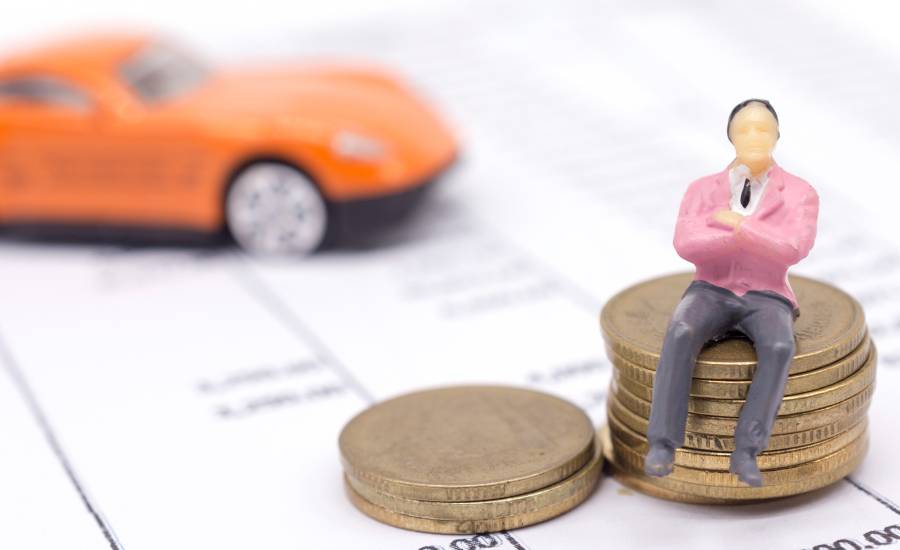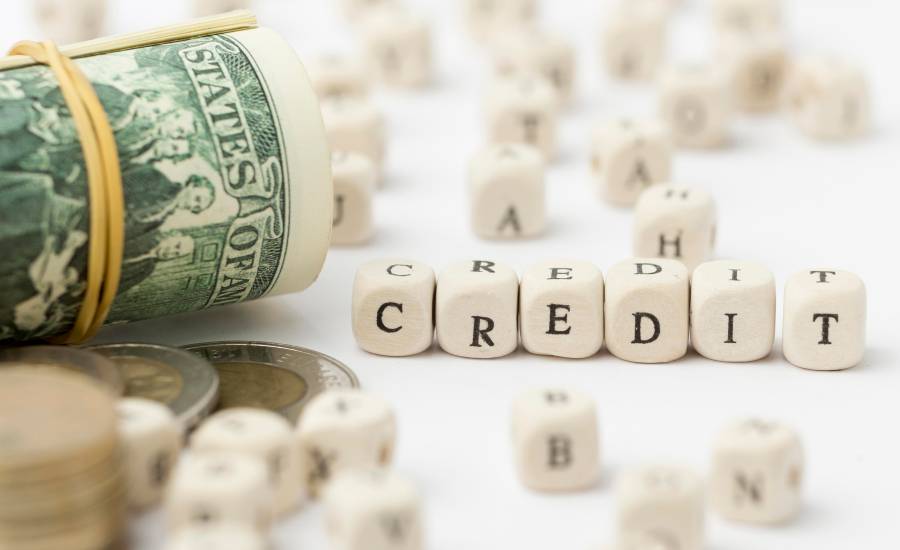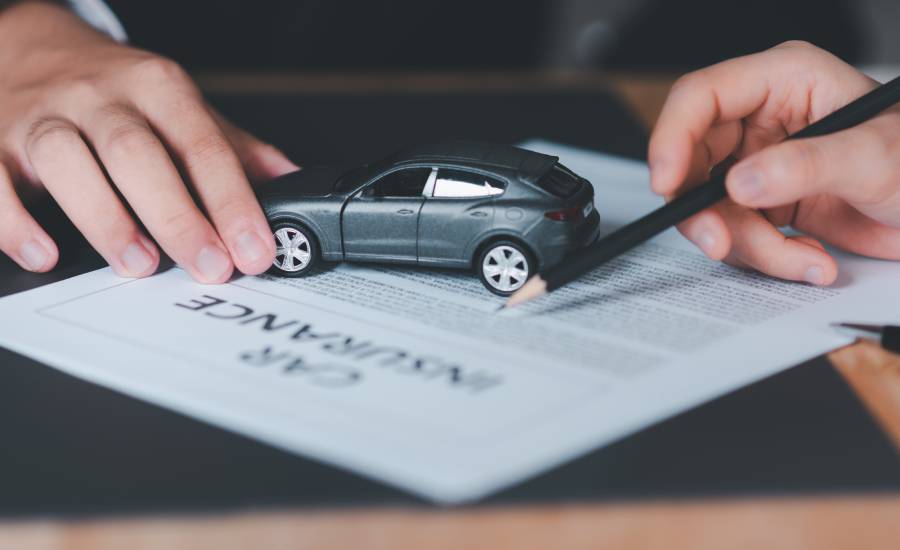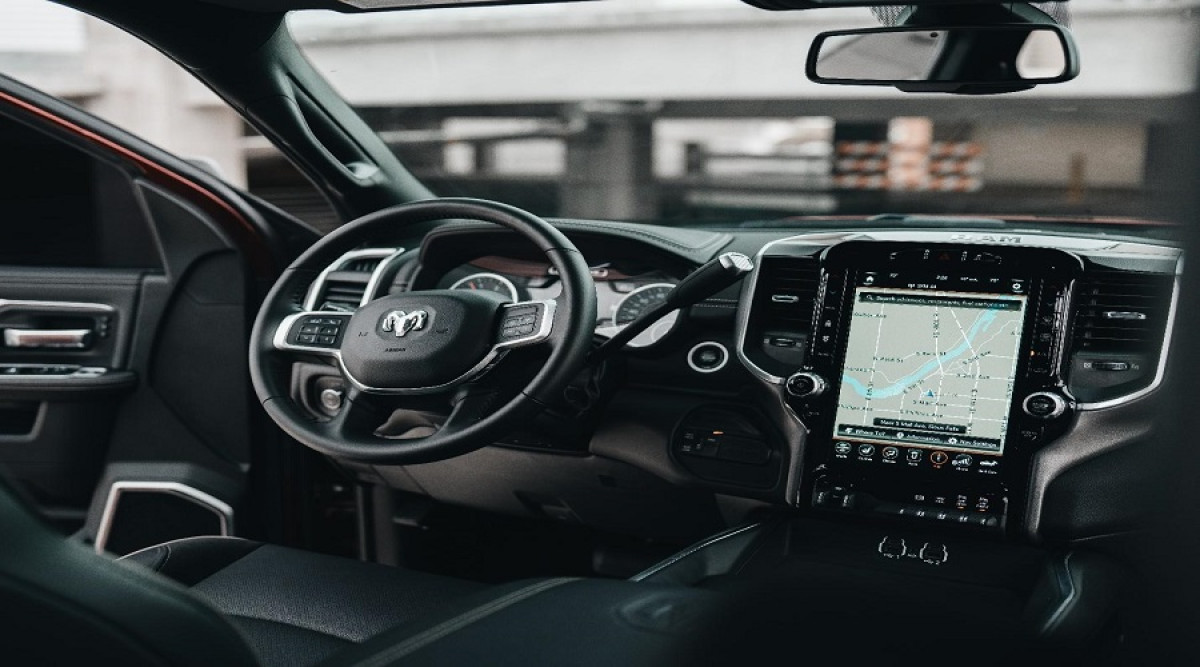Newsroom
How Much Can I Borrow for a Car Loan?

- Oxcel Finance
- January 4, 2024
Everyone has their preferences when it comes to buying a new set of wheels. And thanks to the car loan policy, financing for your car has never been this normal!
Now you don’t need to keep for years before you can afford one and what’s more, getting approval for a car loan is a lot easier these days.

But the question remains, how much can I borrow for a car loan? Well, that’s the answer we’re looking for here. And not just that, in this article I’ll share some other knowledge about car loans that you should find useful in the process.
Key Factors to Determine How Much You Can Borrow
There isn’t a strict rule that says based on which criteria you’ll be granted a car loan. However, certain things are taken into account.
So, it’s quite necessary to have a good grasp of these things beforehand. Having a basic idea of these things will also help you to figure out what amount you can expect.
‘Borrowing Power’ is the Key
Your borrowing is the most important thing when it comes to getting a car loan or any other kind of loan. Borrowing power is calculated by the loan-providing institutions or the lenders based on your financial database.
The more borrowing power you have, the more chances you’ll have to get a car loan.
Not just getting a car loan, the estimated amount that you’ll be granted also depends on this key factor. Your borrowing power can also influence the interest rate of the loan.
Creditworthiness is Important
Your creditworthiness defines how reliable or risky you’re a borrower. Your accumulated credit score determines your creditworthiness after analyzing your current financial situation.
How much you’ll be approved for a loan or whether you’ll be approved at all, depends on your creditworthiness.

Based on credit history, borrowed amount, unpaid debts, number of times you’ve applied for credit, etc., your credit score will be measured between 1200 and 0 (sometimes 1000 and 0). The higher the credit score you have, the better will be your chances of getting a car loan.
Annual Income
Having a decent annual income increases your eligibility as a candidate for the loans. If you have a higher income with a stable job, the lender will grant you a large amount of money for the loan.
This might also help you to get the loan for a lower interest rate as a stable job and decent income means security for the lender.
Your Savings Amount
The amount you have in your savings accounts works as a form of assurance for the lender to give you money. It means that if your financial progress comes to a stop, you’ll be able to pay the due with your savings.
Annual Living Expenses
The annual living expense is another key factor here. If the difference between your annual expenditure and annual income is too little, it mightn’t convince the lenders to grant you a loan. You need to have enough money left so that you can clear the monthly repayments without any issues.

Eligibility
The eligibility criteria for a car loan usually vary from one lender to another. However, in general, all of them expect that you must -
-
Be 18 Years or Older
-
Have a Full-time Job
-
Have a Stable Income Source
-
Be a Permanent Citizen of Australia
-
Have a Good Credit Score
How to Figure Out Borrowing Power and Estimated Monthly Repayments
Your borrowing power is the estimated amount of money you can pay as monthly instalments without being at the risk of failing.
The amount is determined based on your whole financial situation and that includes your total income, expenses, debts, etc.
There are certain ways to calculate your borrowing power and the estimated monthly repayments. Most lenders find the Household Expenditure Method (HEM) to be a convenient borrowing power calculator tool.
You need to subtract your total expenses from your total income to figure out your leftover disposable amount.
Your whole household expenses are divided into three categories here - absolute basics, discretionary basics, and non-basics.
Absolute basics are food, utilities, clothing, communication, and transport costs. Secondary basics as in discretionary basics are good to have but not necessary, such as - a night out, family dinner, entertainment, alcohol, and junk food. Non-basics include luxuries and holidays.
The location you live in and the number of dependents ( as in your children under 18 years old) you have in your residence are also taken into account. Whether you're a partner household or a single parent is also important here.
Here’s an example to help you understand the whole thing. Let’s say, after all the expenses you’ve still got $20,000 leftover from your annual income.
So, considering you have a disposable amount of $20,000, you can take a $50,000 loan and easily pay it over 5 years if there isn’t any severe financial emergency.
So, if you take a $50,000 loan with interest (let’s say around 5%) and have 5 years to pay it back then your borrowing power would be somewhere between $850 - $1100 per month.
About the Car Loan
In a nutshell, a car loan is a lump sum of money provided by banks and other financial institutions that you can borrow to buy a car. A car loan is more than just cash for a new set of wheels. It’s a well-designed plan that brings you into financial discipline and makes your dream of having a four-wheel come true.

Why Should I Consider It?
According to the latest survey by Canstar Blue, on average an Australian spends $40,729 on a new car. According to the (Seasonally Adjusted Wages – Bureau of Statistics), an average Australian earns $92,102 per year including overtime and bonuses. So, let’s do the math here.
If 60% of that amount goes to annual household expenditure and 20% goes to entertainment & luxury, you’ll have around $18,000 left.
Now if you keep that for the car, it’ll take you more than 2 years to get a car for yourself and your family. And that there is a big ‘IF’ as we all know that financial discipline isn’t as normal as it sounds.
Let’s say you’ll be able to pull it off within 3 years. But why go through the trouble of public transportation and cabs all these years when you can get a car right away?
What’s the Catch?
The catch here is obvious. Like any other loan, a car loan also comes with an interest rate. Right now, the average interest on a car loan is around 5%. This interest rate can vary based on how much loan you’ll be taking and for how long.
Final Thoughts
Car loans usually start from $10,000 and go up to $100,000. And between the lowest and the highest, there is an amount that you’ll be granted for a car. This particular amount can be easily estimated using all the knowledge of the key factors and tools that you’ve acquired here.
I’d like to end this article on ‘How much can I borrow for a car loan’ with a piece of advice. As soon as you start planning for a car loan, you should check whether your borrowing power and credit score are right.
If they are not then start shaping them into some convenient numbers and data. That’ll help you to get the loan easily and also at a convenient interest rate.






































































































































